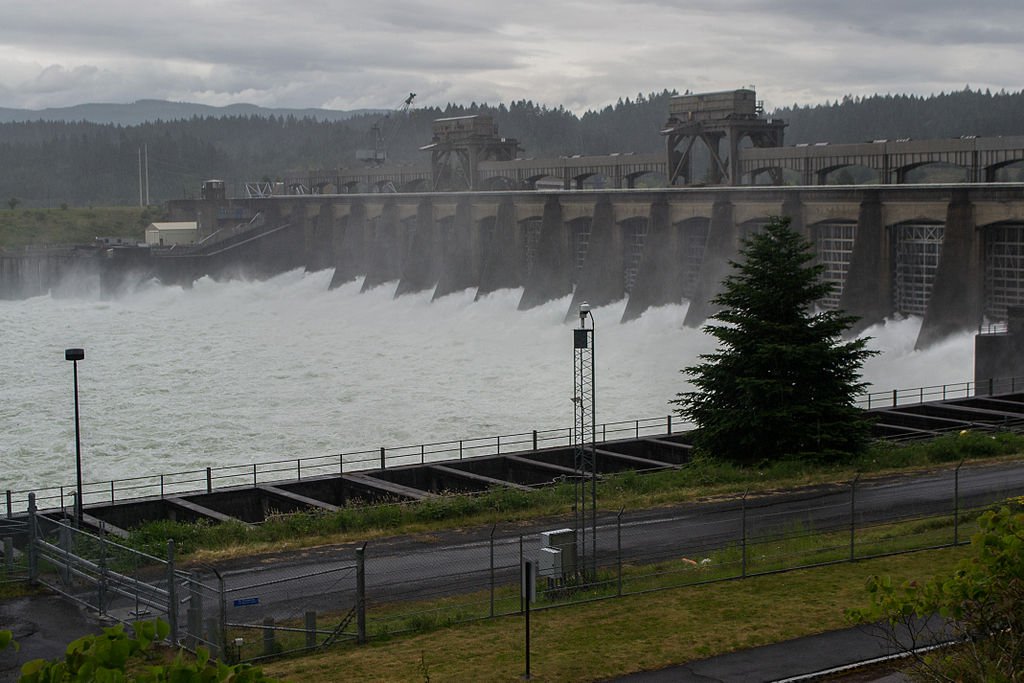
As the Council prepares to revise its forecast of future wholesale power prices, the Council’s power planning staff is closely monitoring wholesale power markets outside the region. Policy changes such as clean-energy goals in states throughout the West will impact future wholesale power markets, John Ollis, manager of planning and analysis, told the Council’s Power Committee at it April meeting.
The 2021 Northwest Power Plan, which the Council approved in February, noted these new policies and their effects, such as less dependence on new fossil-fuel generating plants. As a result, the plan addresses the impact of constructing thousands of megawatts of new generating plants, particularly solar and wind outside the Northwest.
All this new variable-output renewable energy implies some fundamental and persistent market effects that were just emerging at the time the new power plan was developed, Ollis said. These include, for example, significant curtailments of solar and wind power generation when production exceeds demand and concurrent prices so low that they even can go negative, particularly midday. For the power committee’s meeting, Ollis said his presentation was an early look at how the plan’s conclusions compare to current wholesale power market behavior.
Low-cost renewables, primarily solar and wind, are steadily becoming the force that drives market prices, particularly during the day when solar is producing, he said. Overnight, though, exports of Northwest hydropower are filling the void left when solar plants stop producing. This is not surprising, he said, and is “a very persistent signal and will be the norm in the future; this makes Northwest hydropower more valuable during non-solar hours.”
Surplus solar power from the Southwest already floods the wholesale market mid-day, and more can be expected as new solar plants are constructed. Negative pricing mid-day also is becoming more common, Ollis said, as more low-cost solar is available than can be purchased. So much, in fact, that wholesale market prices sometimes for brief periods on some days are pushed below zero, a situation in which power producers actually pay buyers to take their power. The alternative is to temporarily curtail solar generation. “We are seeing this consistently now,” Ollis said. “About 600 average megawatts of solar were curtailed in March alone; that’s a lot – equal to a pretty big power plant,” he said.
While that can be a problem for the market and for solar plant operators, it is something of a boon for Northwest hydropower to fill in when solar production is down – morning, evening, and overnight, and during times when wind power output varies. California is importing a lot of power mornings, evenings, and overnight, and a lot of that is hydropower from the Northwest. The amount of available hydropower varies with water conditions, but still, Northwest hydropower filling the solar void is happening so consistently now that it is sure to be an ongoing trend in the future and, for a power planner, “it is amazing to see,” Ollis said. The same thing is happening in the Southwest, if on a much smaller scale. There, the fill-in resource for solar is not hydropower but natural-gas fired generation he said.
The emerging market realities, while seemingly chaotic, actually offer the opportunity for power buyers and sellers to collaborate, recognizing the diversity of the evolving power supply.
“In the 2021 Plan we recognize this – the potential for collaborative market processes that take advantage of resource diversity,” Ollis said. “We recommend in the plan that folks need to talk to each other more – there is a lot of room for people to take advantage of increasing efficiencies.”
The emerging reality of variable-output renewables comprising the majority or near-majority of the West Coast power supply, particularly during the day when solar is producing, is further complicated by the availability of high-voltage transmission to move power around the West, a point noted by Power Committee Chairman Jim Yost, an Idaho member of the Council.
“The ability of the power system to move energy north and south is critical,” he said. “If you can’t move it from a generator to a buyer, that’s a problem.” Yost asked, “Are we going to run into hours when [transmission] is fully utilized or not available? That will be important for us to know when we look at future resources.”
Ollis said that is open to speculation, but added, “the ability to transmit power will be really important in the future.”



